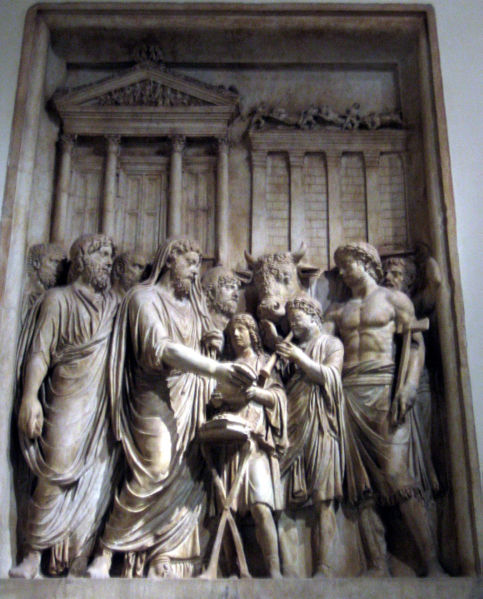The Placement of Belief
In his “The Archaeology of Natural Places,” Bradley asks what significance a place may have held in an ancient mind. In his discussion of various natural, sacred spaces, he investigates the “topography of ancient belief” (20). This statement is at once appealing and somewhat worrisome to me. Can landscape tell us something about ancient belief? Can the specific topography of a sacred space offer insight into the cultural meanings attached to an ancient ritual? In antiquity, most religious practices and institutions had to do in some way or other with the issue of land. Therefore, as much as I would love to take Bradley’s approach without any reservations, assigning a one-to-one relationship between belief and landscape, I am unable to. The interaction between belief and landscape is not as simple as looking for a monumental imprint of ritual action or the discovery of a hoard of votive deposits in a sacred cave. Bradley’s very idea of an unaltered place also requires reexamination and reconsideration. What about a temporary religious action, a procession or a sacrifice that might occur with a temporary altar? The place, to our modern eyes, may seem unaltered, un-imprinted, but to the ancient participants in the ritual, the same place was replete with meaning and significance. If belief really is incorporated into the landscape, a more comprehensive study of the topography of both the sacred and the secular areas must be undertaken. How does the sacred space interact and relate to the ‘outside world?’
This brings me to my next thought concerning the “religion of place.” J.Z Smith once defined religion with a taxonomy inspired by Dr. Seuss’ Green Eggs and Ham “I will not eat them here or there; I will not eat them anywhere.” In this view, Smith, commenting on the religion of “here,” the religion of “there,” looks at religion as a topography, with a “here” and with a “there.” And in a recent article on household religion, Stan Stowers discusses Smith’s assertion of the interplay between the “here” and the “there” in religion and its corollary, the interplay between the spatial and the temporal place of ritual, intersections that result in a religion of “anywhere.” This concept, a religion of “anywhere,” seems to weaken Bradley’s discussion of sacred space, of a “topography of ancient belief” that is discovered in the landscape. If, as Stowers argues, ritual mediates between a temporal and spatial place, if there is a religion of “anywhere,” how is landscape affected by belief and ritual action? What is the material evidence of the religion of “anywhere?”

Temporary altar used in ritual sacrifice. From the column of Marcus Aurelius.
